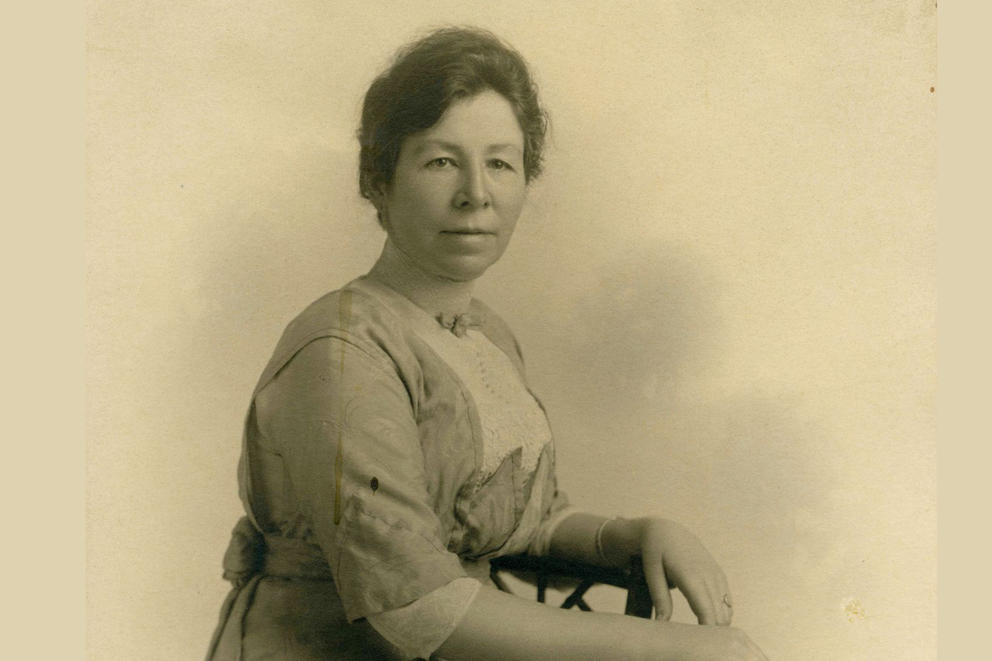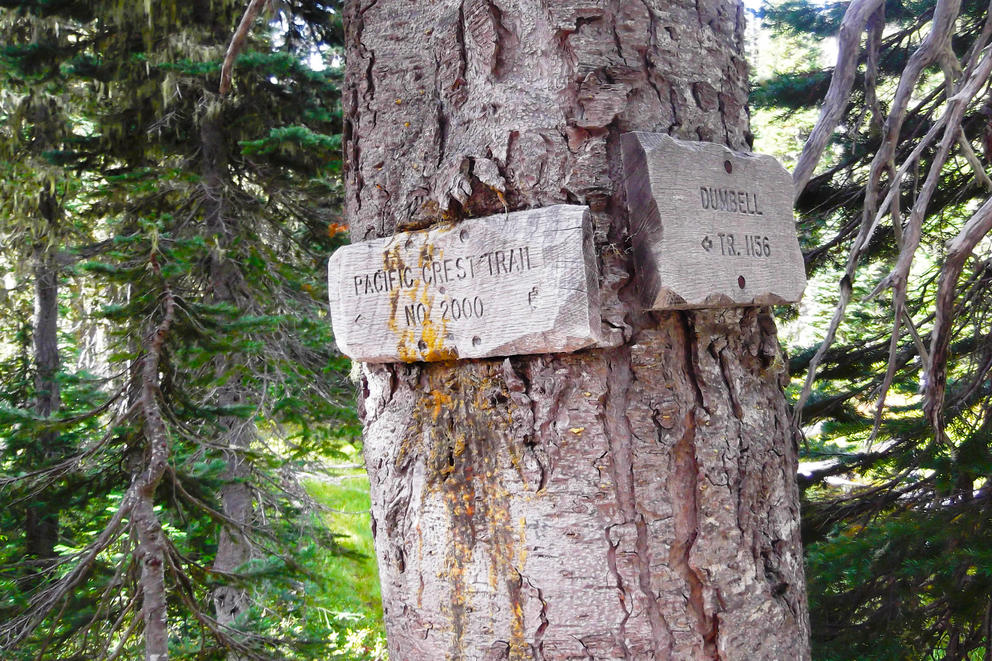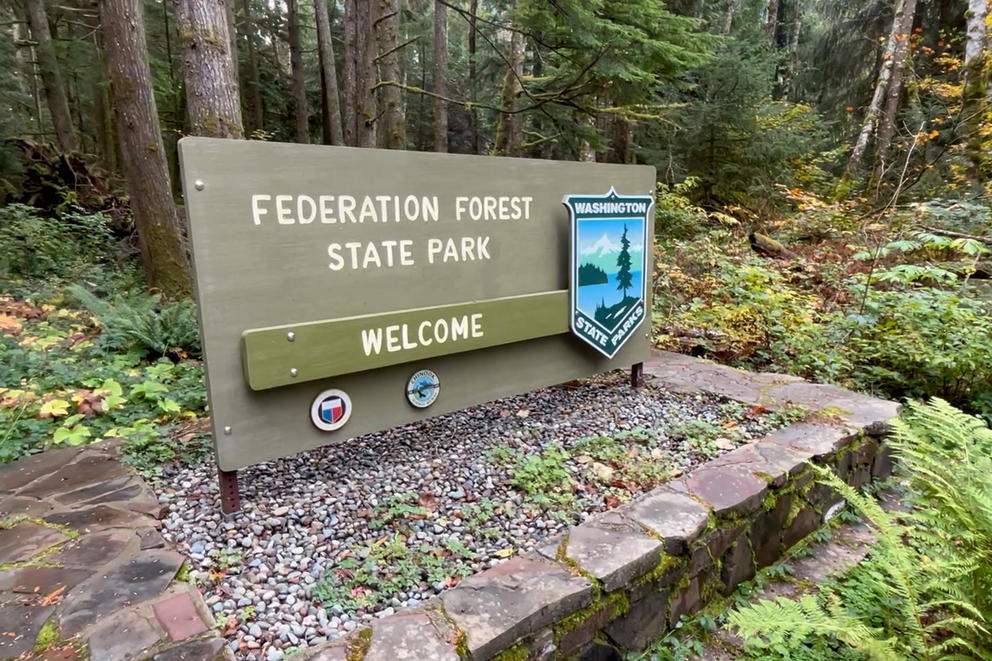Catherine Montgomery hailed from Prince Edward Island in Canada and came to the Northwest via Nebraska and California. She was a schoolteacher who in 1899 joined the faculty of the New Whatcom Normal School, a state-funded teacher’s academy that later became Western Washington University in Bellingham.
The single Miss Montgomery was a civic dynamo. In addition to teaching she ran an arts & lectures cultural program for the Bellingham community. She was a founder of the Progressive, Literary, and Fraternal club, a women’s group devoted to changing the world. It featured some prominent women.
They included the Club’s president, Frances Axtell, who later became one of the first two women elected to the Washington legislature. She defined the PLF club in 1904, saying it “… must not only do good literary work, but must be a potential factor in molding public opinion and must be interested in the sociological and humanitarian development of the community …”
Another club member was Ella Higginson, a prominent author who ran Axtell’s successful legislative campaign and later became Washington’s Poet Laureate. The club itself was a member of the Washington Federation of Women’s Clubs, which became a voice for women’s political and cultural power in the civic sphere — and one that gained clout as women regained the right to vote in Washington in 1910. (Women had had the right to vote from 1883 to 1887, when the territorial law granting the vote was overturned by the Territorial Supreme Court.) Montgomery was an advocate for women’s suffrage, Prohibition and other causes.
She was also a lover of the outdoors. In the early 20th century, outdoor recreation was no longer the domain of men. Women played a growing role in engaging in and popularizing outings by the Mountaineers and other hiking clubs. Outdoorswomen climbed peaks and glaciers in their bloomers; they went adventuring through the Olympics, Cascades, Selkirks and beyond alongside their male counterparts. They went everywhere that men went and ushered in a new outdoor era.
Montgomery hiked with a fellow teacher, friend and hiking companion, Ida Baker, in and around Mount Baker. She traveled overseas, and twice went with writer Higginson on expeditions to Alaska in the early 1900s while Higginson was researching a travel book on the territory.
In 1926, Montgomery had a conversation with a noted climber, Joseph Hazard, and suggested that the West should have a trail like the Appalachian Trail in the East. It could run from Canada to Mexico. Hazard documented the conversation, floated the idea among outdoor clubs, and the idea of the 2,600-mile-long Pacific Crest Trail was born. Research confirming the sequence of events recently established that Catherine Montgomery can be called the “mother of the Pacific Crest Trail.”
Montgomery’s love for the outdoors also involved preservation of the natural world and its beauty. In 1924, the Washington Federation of Women’s Clubs, reflecting every corner and cranny of the state and a wide spectrum of political viewpoints, launched a campaign to preserve a tract of old growth. They sold “Save a Tree” buttons for $1.
A clubwoman named Jeanne Caithness Greenlees led the effort and became known as “the tree lady.” The goal was to save vanishing old growth, and the movement soon focused on a dense tract of Doug Fir along the Sunset Highway near Snoqualmie Pass. The highway was the first to carry autos over the Cascade divide in Washington. “Forest Giants Will be Saved for Posterity,” headlined The Seattle Times. They raised $25,000 to buy the land, which was dedicated in 1934.
Alas, it wasn’t so simple. The state highway people wanted the trees cut or topped along the highway for safety. A logging company encroached on the preserve and cut some of the best old trees. Windstorms damaged many of the giants remaining.
The club pivoted. The property was turned over to the state, which sold it and, with additional state funding, purchased a new old-growth tract in the lowlands along the White River. It had huge trees and was safer from windstorms. Today it’s the 574-acre Federation Forest State Park. Catherine Montgomery personally bought and donated two additional acres for a grove to honor her friend, poet Ella Higginson. Even more, when Miss Montgomery died in the late 1950s, she left nearly a million in today’s dollars to improve and care for the park. An interpretive center there is named in her honor.
The forest park’s location — between Enumclaw and Crystal Mountain — bridges two styles of outdoor recreation. Protecting trees could serve a new generation that wouldn’t necessarily access forests on foot or hoof. It could serve as an oasis for those who pass by, as many do, on the highway to Mount Tahoma/Rainier.
And just down the highway at Chinook Pass, hikers can join the Pacific Crest Trail for a stroll or a trek. The trail’s “mother,” Catherine Montgomery, together with Washington’s club women left a legacy for all who want a wilderness experience today.





